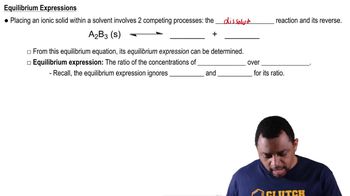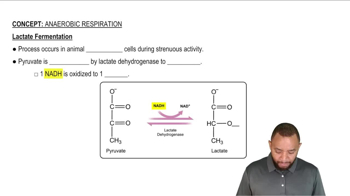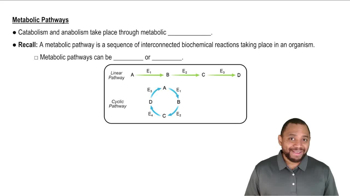Textbook Question
Use curved arrows (like those in Figure 22.3) to write an equation for the conversion of fructose to fructose 6-phosphate by ATP. At what step does fructose 6-phosphate enter glycolysis?
23
views
 Verified step by step guidance
Verified step by step guidance



Use curved arrows (like those in Figure 22.3) to write an equation for the conversion of fructose to fructose 6-phosphate by ATP. At what step does fructose 6-phosphate enter glycolysis?
How many moles of ATP are generated from the catabolism of fructose (by glycolysis) in
(a) liver cells?
How many moles of ATP are generated from the catabolism of fructose (by glycolysis) in
(b) muscle cells?
What are the characteristics of Type I diabetes?
What are the characteristics of Type II diabetes?
Many diabetics suffer blindness due to cataracts. Why is this condition associated with this disease?